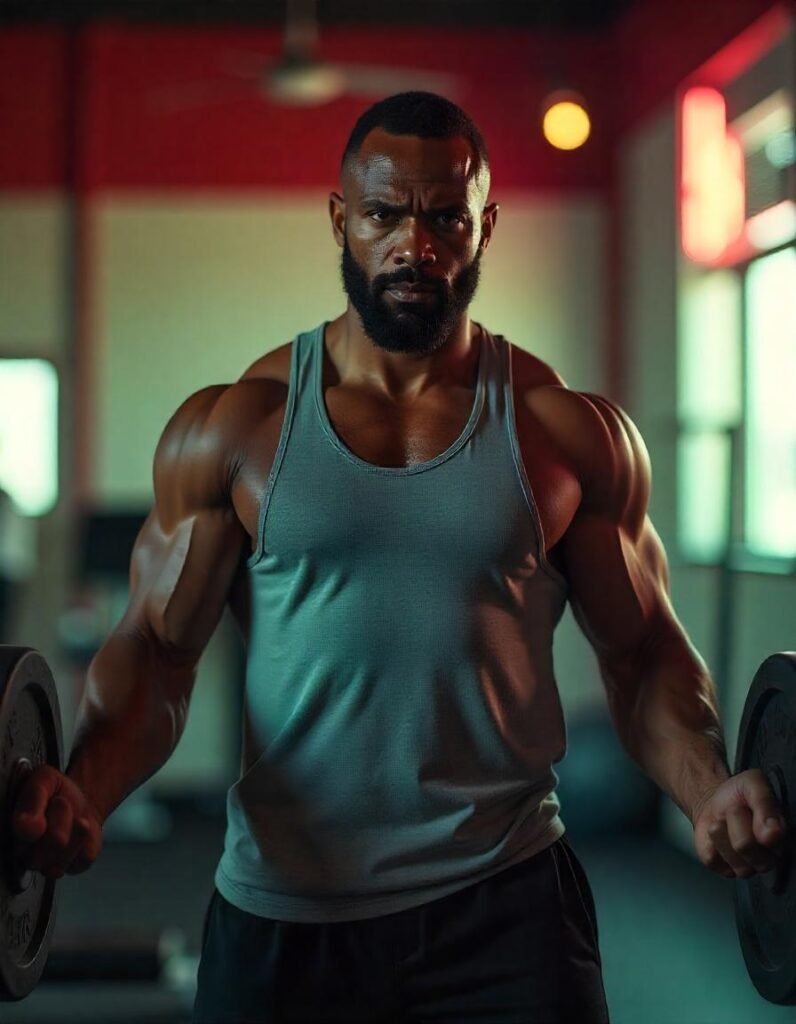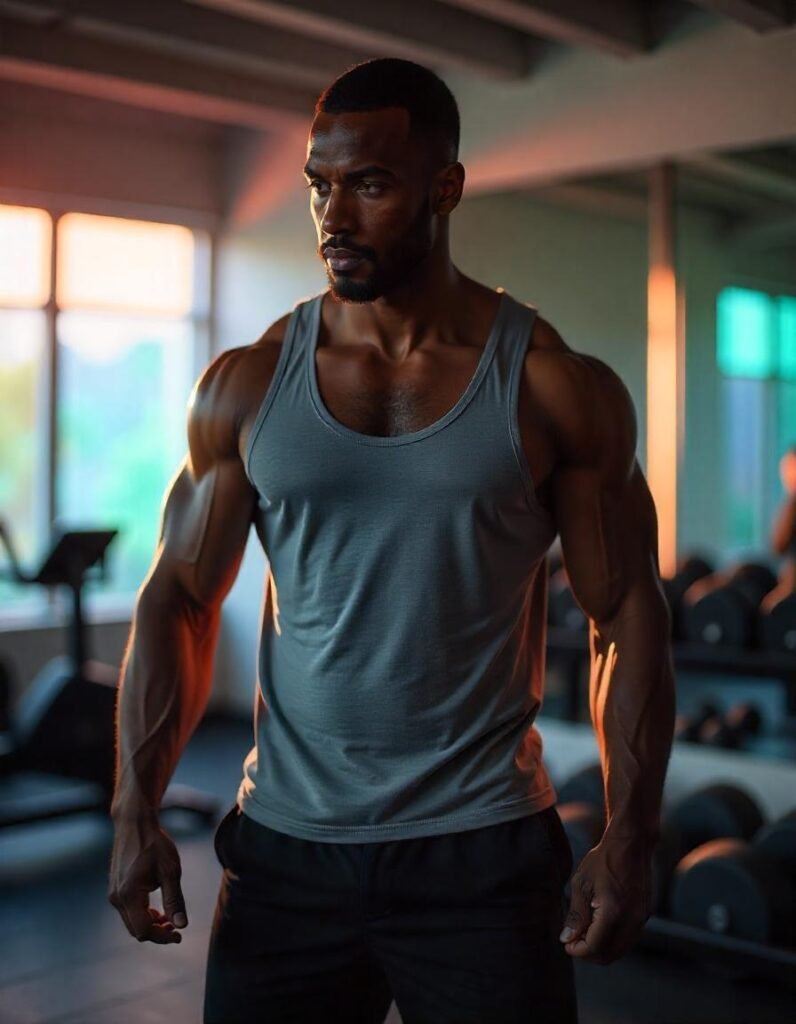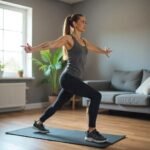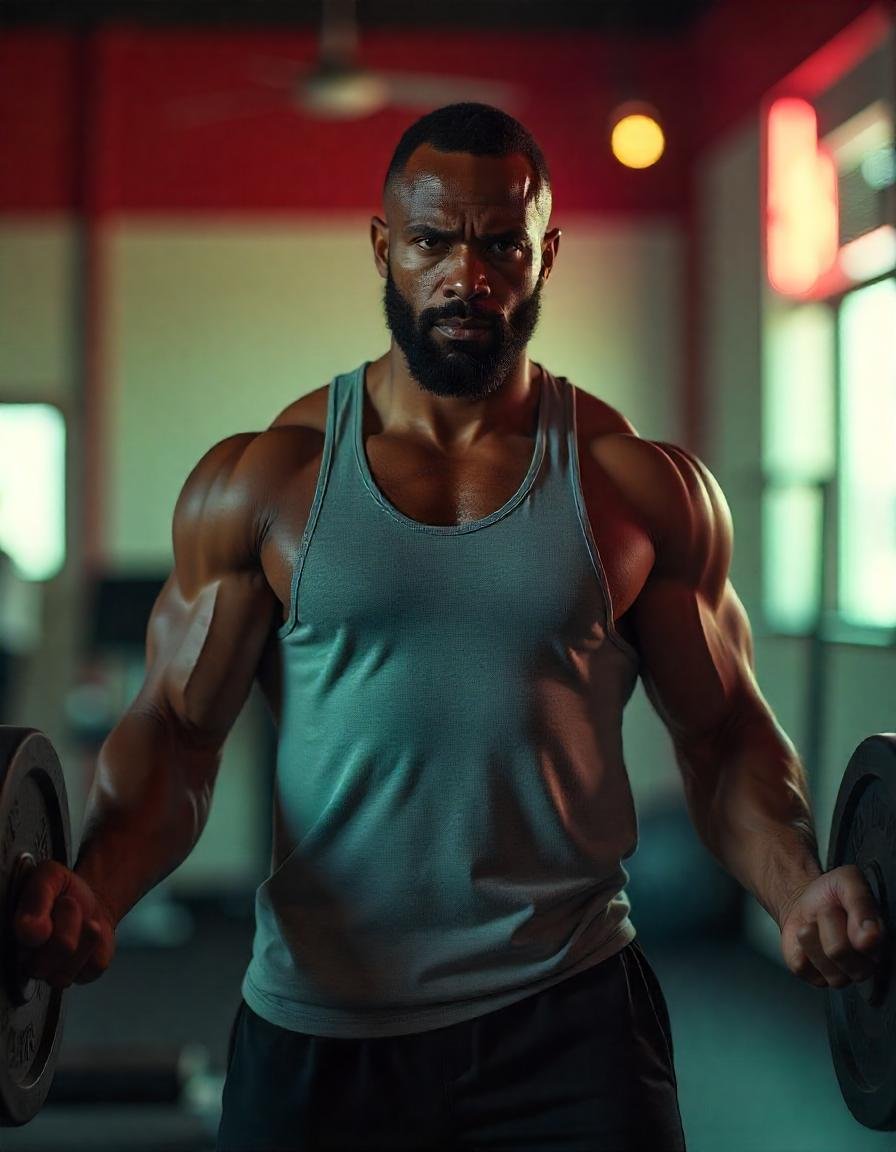Starting a workout routine is one of the most rewarding decisions you can make for your health. Whether you’re aiming to lose weight, build strength, or simply increase your overall fitness level, having a structured workout plan is crucial—especially for beginners. The best workout routines for beginners provide a balanced approach to fitness, allowing you to gradually build endurance and strength without risking injury. In this article, we’ll explore the best workout routines for beginners, how to create a personalized plan, common mistakes to avoid, and the benefits of consistency in your fitness journey.

Overview of Beginner Fitness Goals
Before diving into specific workout routines, it’s important to understand what fitness goals you may want to achieve. As a beginner, your fitness goals could include:
- Building Strength: This involves increasing muscle mass and improving your ability to perform tasks that require force. Strength training routines often focus on bodyweight exercises or using light weights.
- Increasing Endurance: If you want to improve your stamina and energy levels, focus on cardiovascular exercises like running, cycling, or swimming.
- Weight Loss: Many beginners start working out to lose weight. This often combines a mix of cardio, strength training, and healthy eating to create a calorie deficit.
- Flexibility and Mobility: Some beginners may be looking to improve their flexibility or joint mobility. Yoga, Pilates, or specific stretches are great choices for this goal.
Understanding your fitness goals will help you choose the best workout routines for beginners and set realistic expectations for your progress.
Top 5 Workout Routines for Beginners
As a beginner, it’s important to start with exercises that are easy on your body but still effective. Here are five of the best workout routines for beginners:
1. Bodyweight Exercises Routine
Benefits: Bodyweight exercises are perfect for beginners because they require no equipment, can be done anywhere, and are great for building strength and endurance. They work multiple muscle groups at once, helping you get stronger overall.
Exercises to Include:
- Push-ups
- Squats
- Lunges
- Plank holds
- Glute bridges
Duration: Aim for 20-30 minutes per session, 2-3 times per week.
Equipment Needed: None
Alternative: For those who find bodyweight exercises too challenging, start with modified versions. For example, do knee push-ups instead of standard push-ups.

2. Cardio Workouts for Beginners
Benefits: Cardio exercises like walking, jogging, or cycling help improve cardiovascular health, burn fat, and increase stamina. Cardio workouts are also great for those focused on weight loss.
Exercises to Include:
- Brisk walking or light jogging
- Cycling (stationary or outdoors)
- Jumping jacks
- Swimming (if accessible)
Duration: Start with 20 minutes per session, gradually increasing to 30-45 minutes as your endurance improves.
Equipment Needed: Comfortable shoes for walking or jogging, a bicycle, or access to a swimming pool.
Alternative: For those who struggle with high-impact exercises, walking or using a stationary bike are gentler alternatives.
3. Resistance Training with Dumbbells
Benefits: Resistance training helps you build muscle and strength. Dumbbell exercises are great for beginners because they allow for controlled movements while targeting specific muscle groups.
Exercises to Include:
- Dumbbell squats
- Dumbbell lunges
- Dumbbell chest press
- Dumbbell rows
- Dumbbell shoulder press
Duration: 30-45 minutes per session, 2-3 times per week.
Equipment Needed: Dumbbells (start with lighter weights to avoid injury).
Alternative: For those who don’t have dumbbells, resistance bands can be used as a substitute for many exercises.
4. Yoga for Beginners
Benefits: Yoga is fantastic for improving flexibility, balance, and mental focus. It also provides a full-body workout that increases strength while promoting relaxation and stress relief.
Exercises to Include:
- Downward Dog
- Cat-Cow stretch
- Child’s Pose
- Warrior Pose
- Sun Salutations
Duration: 20-30 minutes per session, 2-3 times per week.
Equipment Needed: Yoga mat
Alternative: If certain yoga poses are too challenging, consider using props such as blocks or straps to assist with flexibility.
5. High-Intensity Interval Training (HIIT)
Benefits: HIIT is an excellent workout for beginners who want to burn calories quickly. It combines short bursts of intense exercise with rest periods, improving both strength and endurance.
Exercises to Include:
- Jump squats
- Mountain climbers
- Burpees
- High knees
Duration: Start with 15-20 minutes per session, 2-3 times per week.
Equipment Needed: None (or light dumbbells if preferred).
Alternative: For beginners with joint issues, lower-impact HIIT variations like step-ups or modified jumping jacks are great options.

How to Create a Personalized Workout Plan for Beginners
When creating a personalized workout plan as a beginner, consider your fitness goals, current fitness level, and available equipment. Here’s how to get started:
- Assess Your Fitness Level: Be honest about your starting point. If you’re new to exercise, don’t push yourself too hard in the beginning.
- Set Realistic Goals: Whether you’re aiming to lose weight or gain strength, break your goals down into manageable milestones.
- Choose a Balanced Routine: Incorporate a mix of cardio, strength, and flexibility training. Aim for 3-4 days of exercise per week to start.
- Rest and Recovery: Your body needs time to recover, so make sure to schedule rest days between workouts.
- Track Progress: Keep a fitness journal to log your workouts and progress over time. This will help you stay motivated and make necessary adjustments.
Common Mistakes Beginners Make and How to Avoid Them
As a beginner, it’s easy to fall into certain traps. Here are some common mistakes and tips for avoiding them:
- Skipping Warm-ups: Not warming up before exercise can lead to injuries. Always start with a 5-10 minute warm-up to prepare your muscles.
- Overtraining: Trying to do too much too soon can lead to burnout. Start with shorter, more manageable workouts and gradually increase intensity.
- Neglecting Form: Poor form can lead to injuries. Focus on performing exercises with proper technique, even if it means using lighter weights or fewer reps.
- Not Tracking Progress: If you’re not tracking your progress, it can be easy to lose motivation. Keep a log of your workouts and celebrate small victories.

Benefits of Consistency and Progress Tracking
Consistency is key to any successful fitness journey. The more regularly you stick to your workout routine, the more progress you’ll see. Tracking your progress helps keep you motivated and allows you to make adjustments to your plan when needed.
By sticking to a routine and tracking your improvements, you’ll see gains in strength, endurance, and overall fitness, which will keep you engaged and excited to continue.
Tips for Beginners
- Warm Up and Cool Down: Always warm up before starting your workout and cool down afterward to prevent injury.
- Rest and Recovery: Take at least one or two rest days per week to allow your muscles to recover.
- Hydrate: Drink plenty of water before, during, and after your workout to stay hydrated.
- Listen to Your Body: If something hurts, stop and reassess your form or intensity.
If you’re ready to take the first step toward a healthier lifestyle, start with a simple and safe workout routine that’s tailored to your fitness level. You don’t need fancy equipment or hours in the gym—just dedication and consistency. For more resources and a beginner’s workout guide, check out our free workout plans and tips to kick-start your fitness journey today!
Conclusion
The best workout routines for beginners focus on building a strong foundation while preventing injury and burnout. By starting with manageable exercises, gradually increasing intensity, and tracking your progress, you’ll stay motivated and on track. Whether you’re aiming to lose weight, build strength, or simply improve your overall health, a well-structured beginner fitness routine is the key to long-term success. Take the first step today, and enjoy the benefits of a healthier, more active lifestyle!
Frequently Asked questions
1. What is the best workout routine for beginners? The best workout routine for beginners includes a mix of bodyweight exercises, cardio, and resistance training. This combination helps build strength, improve cardiovascular health, and support overall fitness. Some great beginner exercises are squats, push-ups, lunges, walking or jogging, and basic strength exercises using light weights or resistance bands.
2. How often should a beginner work out? Beginners should aim to work out about 3-4 times a week, with rest days in between to allow muscles to recover. This allows your body to adapt to the physical activity while reducing the risk of injury. As you become more experienced, you can gradually increase the frequency and intensity of your workouts.
3. Can I lose weight with beginner workouts? Yes, beginner workouts can help with weight loss, especially when combined with a balanced diet. Cardio exercises like walking, jogging, or cycling, along with resistance training to build muscle, create an effective fat-burning routine. The key to weight loss is maintaining a calorie deficit, so focus on exercising regularly and eating a healthy, balanced diet.
4. Do I need equipment for beginner workouts? No, many beginner workouts can be done without any equipment. Bodyweight exercises such as squats, lunges, push-ups, and planks are excellent choices. However, if you want to add more variety, you can use resistance bands or dumbbells for additional resistance, but they are not mandatory for getting started.
5. What are the best exercises for beginners? Some of the best exercises for beginners include:
- Bodyweight squats
- Push-ups (modified if necessary)
- Lunges
- Planks
- Brisk walking or light jogging
- Resistance band exercises These exercises target major muscle groups and are easy to modify based on your fitness level.
6. How do I know if I’m doing a workout correctly? Maintaining proper form is crucial to avoid injury. If you’re unsure about your form, consider watching instructional videos, hiring a personal trainer for a session, or using mirrors to check your alignment. It’s better to do fewer repetitions with correct form than to perform more reps incorrectly.
7. How long should a beginner workout session last? As a beginner, aim for 20-45 minutes per workout session. This includes a warm-up, the main workout, and a cool-down. Start on the shorter end and gradually increase the duration as your fitness level improves.
8. Is it okay to take rest days between workouts? Yes, rest days are essential for recovery, especially for beginners. Rest allows your muscles to repair and grow stronger. Typically, you should take at least one or two rest days per week to ensure you’re not overtraining.
9. How do I track my progress as a beginner? Tracking progress is an important part of staying motivated. You can track your progress by:
- Recording the number of reps and sets you complete.
- Noticing how your body feels during and after workouts.
- Taking progress photos or measurements.
- Using fitness apps or journals to log workouts and any changes in weight, strength, or endurance.
10. Should I warm up and cool down? Absolutely! Warming up before exercise prepares your body for the physical activity and helps prevent injuries. A simple warm-up could include light cardio (like walking or jogging) and dynamic stretches. Cooling down after your workout, which includes gentle stretching or slow-paced walking, helps your muscles relax and recover.
11. Can beginners do HIIT workouts? High-Intensity Interval Training (HIIT) is effective for burning fat and improving fitness, but it can be intense. Beginners can absolutely try HIIT, but it’s important to start with low-impact variations, such as step-ups instead of jumping jacks, and gradually increase intensity. Be mindful of your fitness level to avoid injury.
12. How can I stay motivated to work out as a beginner? Staying motivated can be tough, but setting small, achievable goals is key. Celebrate your progress, whether it’s completing your first full workout or increasing your reps. You can also find a workout buddy, track your progress, or try different types of workouts to keep things interesting.
13. Can I do beginner workouts at home? Yes! Many beginner workouts can easily be done at home with no special equipment. Bodyweight exercises like squats, lunges, and push-ups are perfect for home workouts. You can also incorporate cardio with simple exercises like jumping jacks or stair climbing. For more variety, try using resistance bands or dumbbells.
Daily Self-Care Routines for Busy People: How to Prioritize Your Well-Being Amidst a Hectic Schedule








One thought on “The Best Workout Routines for Beginners: A Comprehensive Guide to Getting Started”